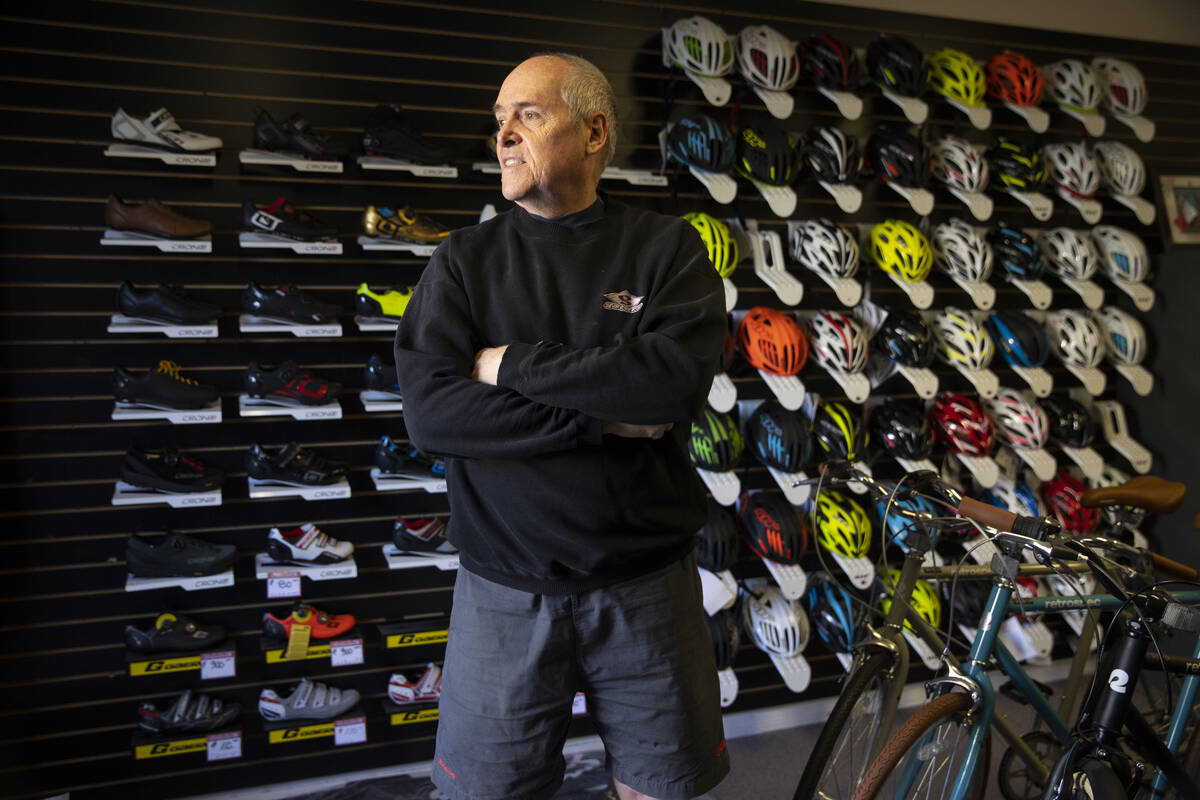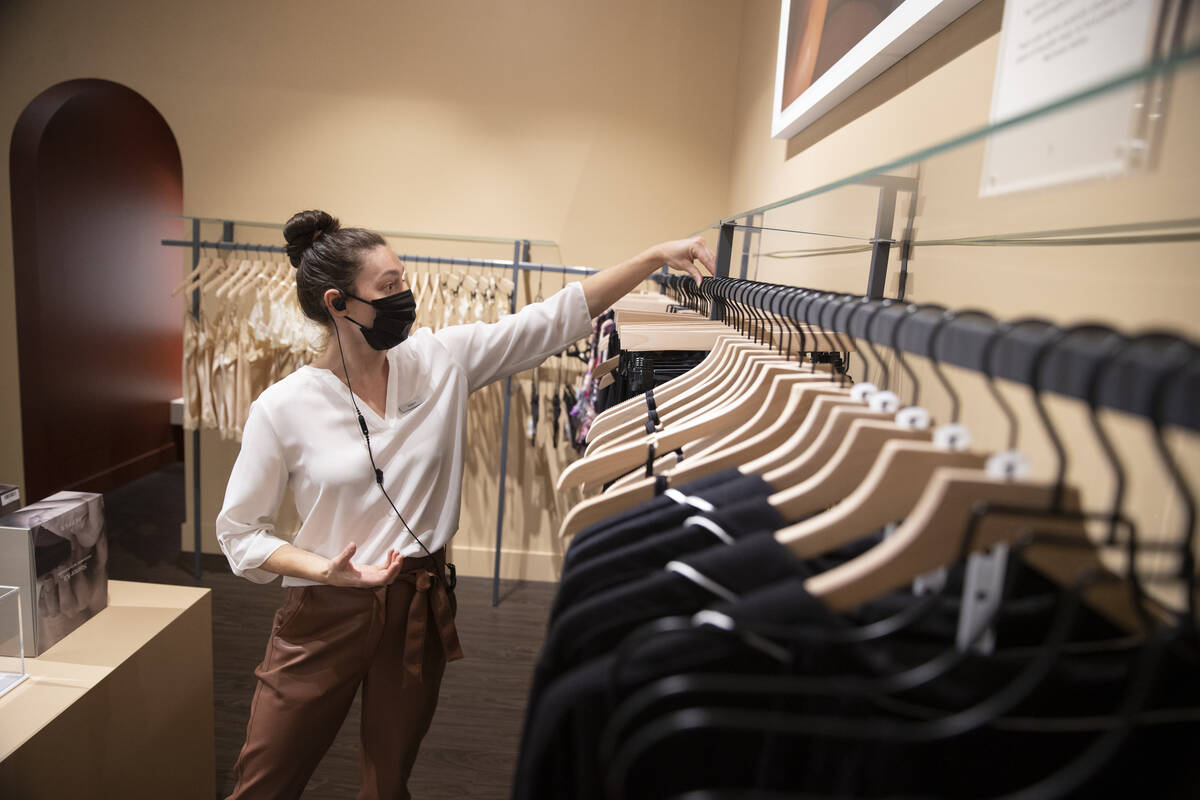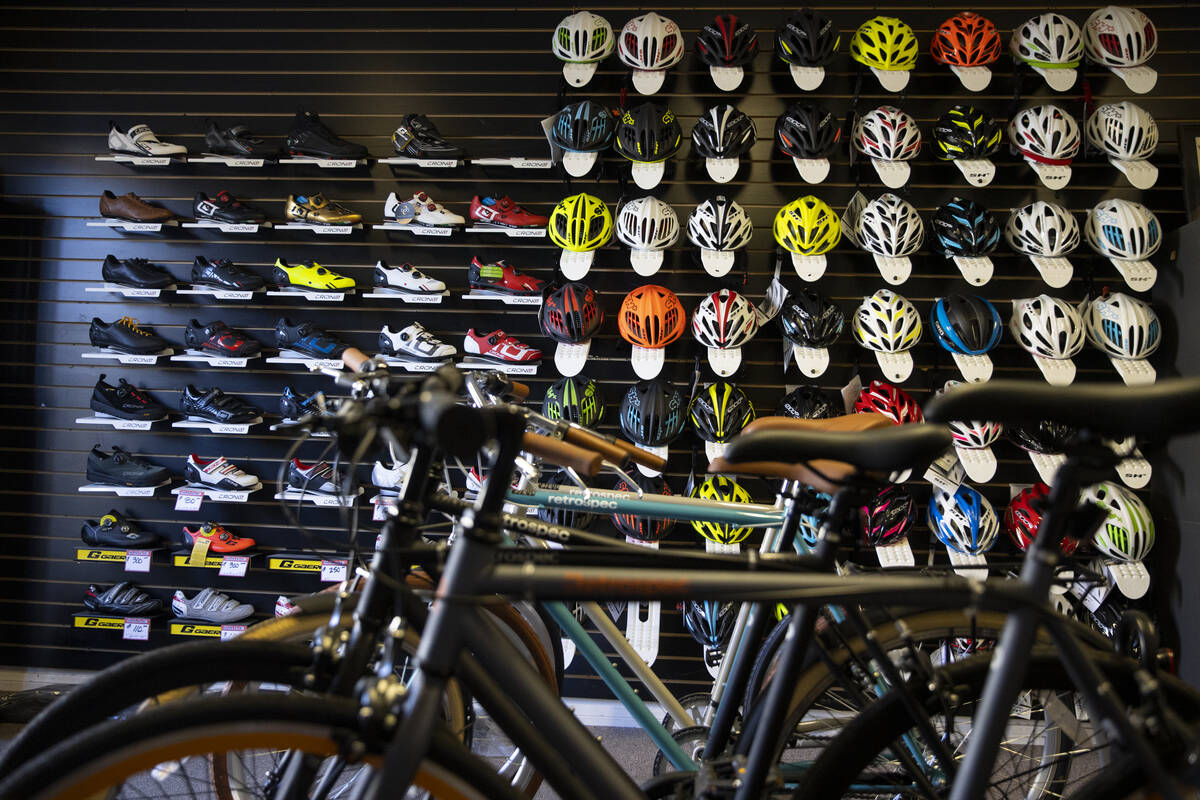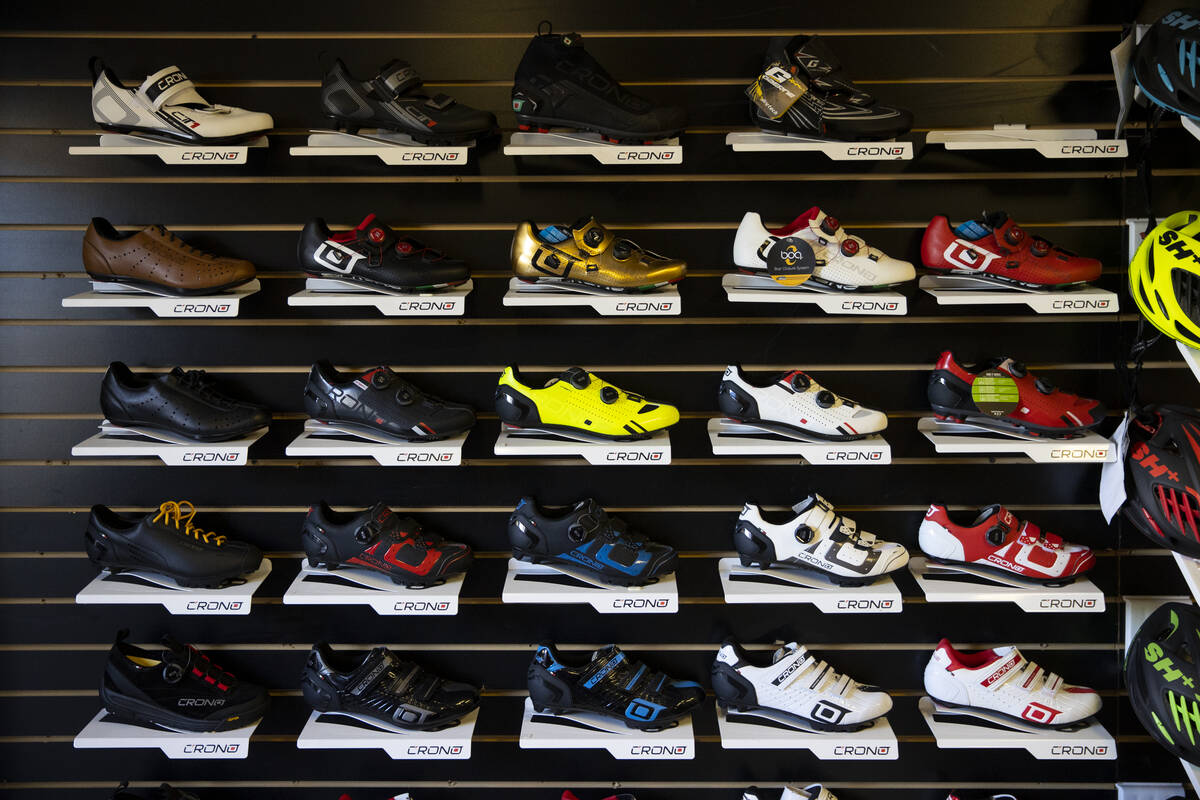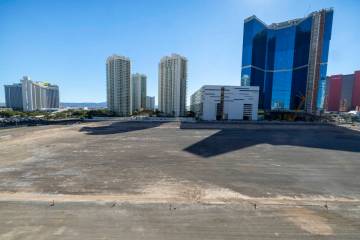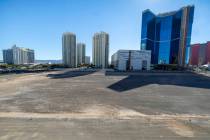Supply chain woes leave Nevada businesses facing shortages, higher prices
Just over a year ago, business at Gizmo Cycling was booming. Families were buying any bike they could get their hands on — a common refrain when the coronavirus pandemic spurred interest in outdoor hobbies.
The North Las Vegas road bike shop and Italian cycling product distributor had about 200 bikes in stock and easily sold nearly all of them by the summer 2020, owner Bill Corey said.
But 2021 is a different story. Supply chain disruptions and their ripple effects have left many retailers, locally and across the nation, struggling to get enough products to meet high demand.
“Last year was the best year for many of us (bike retailers),” Corey said. “This year may be the worst.”
The pandemic’s dramatic effect on manufacturing, sales and shipping has led to disruptions all along the global supply chain, and few businesses have been spared. A National Federation of Small Businesses survey showed that 90 percent of respondents had seen some level of impact from the disruptions.
The result is delayed products, less variety for customers and increasing prices in nearly every market.
Low supply, high demand
The massive backlog began when manufacturers, closed across the globe from early lockdowns in 2020, couldn’t keep up with the pent-up demand for goods and services, economists say.
“As we got closer to January 2021, people suddenly started to wake up and say, ‘We’ve had enough. We’re going back into the store,’ ” said Brittain Ladd, a global supply chain consultant. “What happened is more people globally decided to do this than anticipated. Suddenly, you have millions of people globally going into stores and buying things. The problem is shutting down the supply chain is much easier than restarting the supply chain.”
Disruptions manifested in multiple stages in the global supply chain: shortages of warehouse workers in Asia, dock workers at ports, cranes to unload containers from the ships, truck drivers to move the products and more. Shortages then led to backlogs at key ports such as the Port of Los Angeles and the Port of Long Beach, leading to some major retailers leasing cargo ships or turning to shipping by air, a more expensive alternative.
The bottleneck became such a concern that the Biden Administration encouraged ports to operate 24/7 earlier this month. But such a move won’t clear things up quickly, Ladd said. The supply chain needs time to gain more workers in key fields and work through the backlog before returning to a frictionless flow of goods.
“When you’re on a freeway and you have start-and-stop traffic, then you have a traffic jam,” he said. “When that traffic jam starts moving again, it just takes forever. Now, imagine a traffic jam that circumvents the globe.”
Changing business decisions
Such rapid increases in demand, coupled with low supply, have come at a cost for many businesses. It’s now more difficult and more costly to get your product, Las Vegas business owners said. Shipping charges that once were $1,000 for a container going from Asia to North America now are closer to $20,000, according to Freightos Data.
On top of that, it’s more difficult to pin down when the product will arrive — suppliers often are unable to set a date on when something may arrive. Randi Thompson, state director of the National Federation of Independent Businesses, said it’s one of the top concerns for small business owners.
Thompson’s own business, a prenatal imaging center in Reno, has faced the same problem. The center sells stuffed animals and normally reorders when a few are left. Products that once took two weeks to arrive can now take three months.
Such delays force businesses to consider new strategies, such as ordering earlier or from different distributors.
“You’ve got to have the money in the bank to pay for those (earlier) orders,” Thompson said. “Those might be things you might not sell for five or six months, so it becomes a cash flow issue. Do I have enough money now to buy products that I won’t sell for six months? When you’re a small business with not a lot of money in the bank to cover every monthly transaction, that can be a challenge.”
For some businesses, the conditions force a choice in whether to change something in the product.
At the adult entertainment store Pepper in Resorts World Las Vegas, a computer chip that runs a toy is in short supply, delaying its release until the first quarter of 2022, co-founder Lincoln Spoor said.
The uncertainty causes frustration that business can’t give customers the best possible experience, Spoor said.
“It is very frustrating because when we open a store, we’re people pleasers,” he said. “If I did it for the money, I would have probably put the money in the bank or put it on red in one of the casinos, because the odds are probably better. We do it because we’re pleasers. We want to bring in a new experience.”
Rising prices
Consumers may have noticed the disruptions’ effects when at the cash register. Increasing prices on goods like food and gas are more noticeable. The consumer price index, a measure of prices over time used to identify inflation, rose 5.4 percent from September 2020 to last month, according to the Bureau of Labor Statistics.
Spoor, who also operates several food court franchises on the Strip, said supply prices are significantly increasing and forcing the cost to be passed onto the customer. For instance, broccoli was up 47 percent and shortening was up 98 percent.
“It’s all about gross margin when you’re in the food business,” Spoor said. “It’s revenue minus direct store costs, which are food and labor. Food’s up big and labor’s up big. The only thing you can do is raise prices to maintain your gross margins.”
G. Tomas Hult, a professor of supply chain management at Michigan State University, said the inflated prices have occurred in part because there are so many willing buyers.
“For those who are working, salaries are up, the stock market is up, and pent-up demand is high,” Hult said in an email. “That means prices can be higher and products that are available will be sold since there will be buyers at higher prices. As a result, we have inflation even though the infrastructure in the marketplace demands financial input to solve global supply chain bottlenecks and worker shortage.”
It’s difficult for some business owners to make the decision whether to pass the cost onto customers, Thompson said. Some may choose to absorb the cost so they can sell the product, rather than risk a customer walking away from sticker shock.
“Pricing is really a delicate thing,” Thompson said. “People say, ‘Well, just bring the price of a hamburger up 5 cents.’ But it’s not that easy. You have to be sensitive to who your customers are, what they can afford. Raising, let’s say, your teddy bears five or six bucks. Are they going to just not buy it? ‘A $35 versus $40 bear. I just don’t know if I can justify that expense.’ ”
McKenna Ross is a corps member with Report for America, a national service program that places journalists into local newsrooms. Contact her at mross@reviewjournal.com. Follow @mckenna_ross_ on Twitter.



